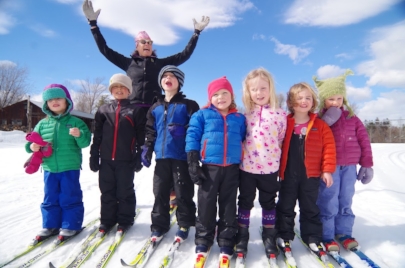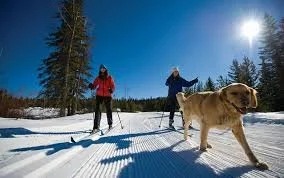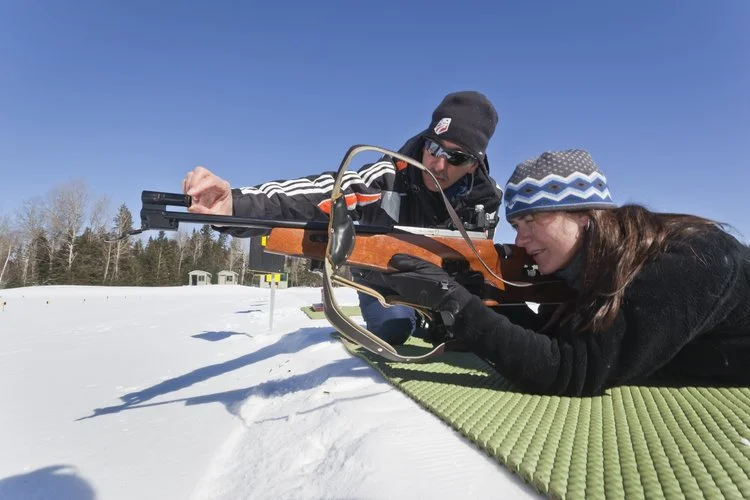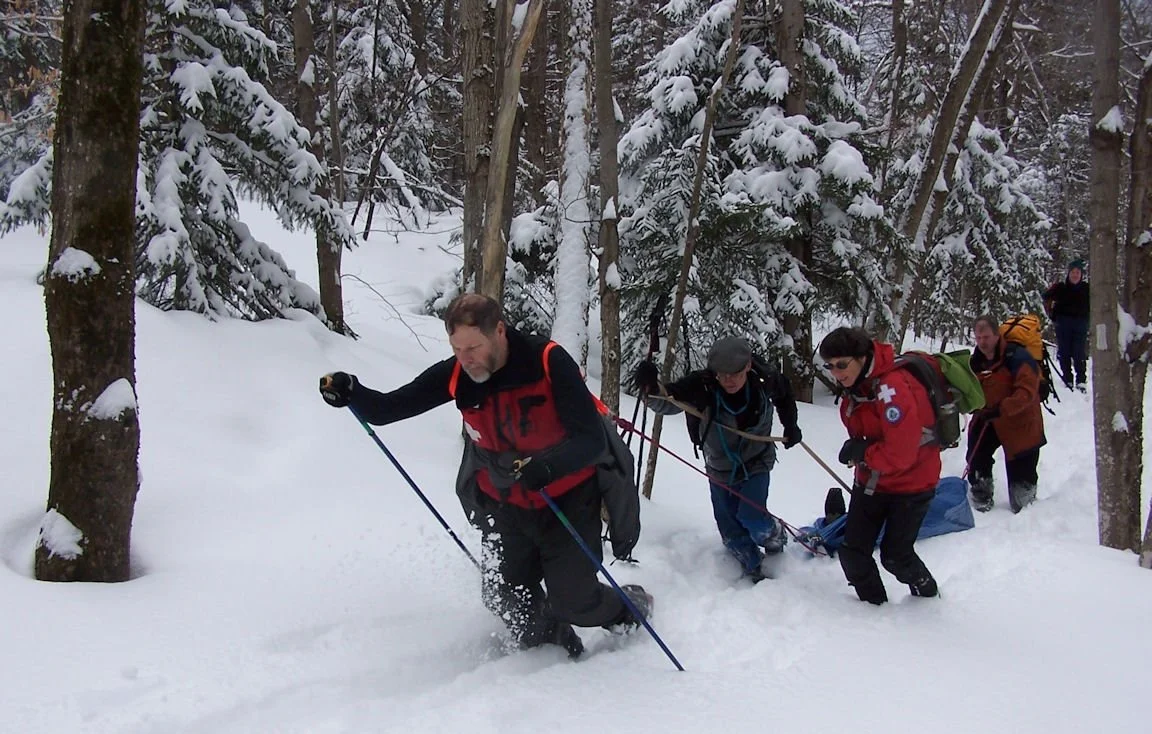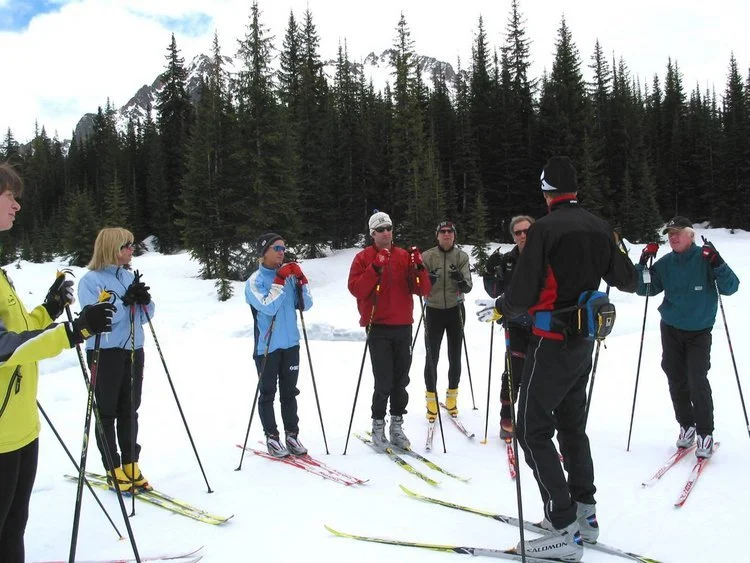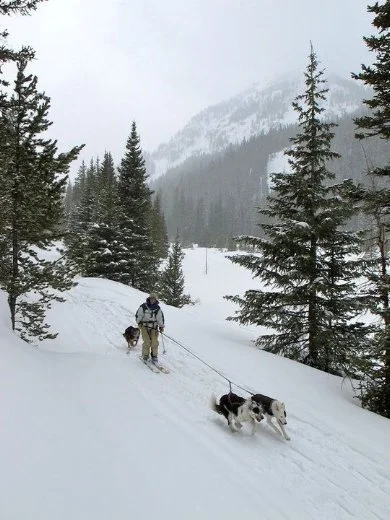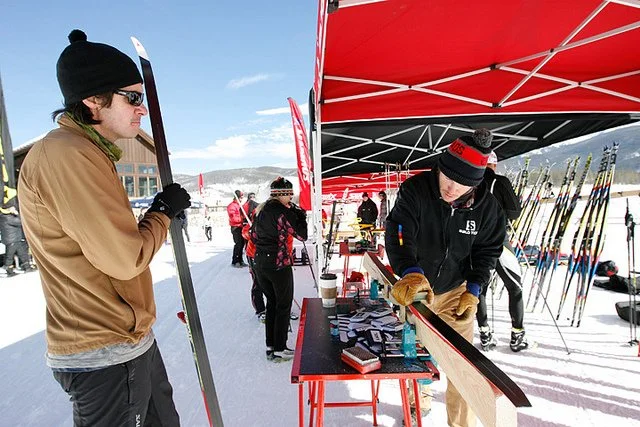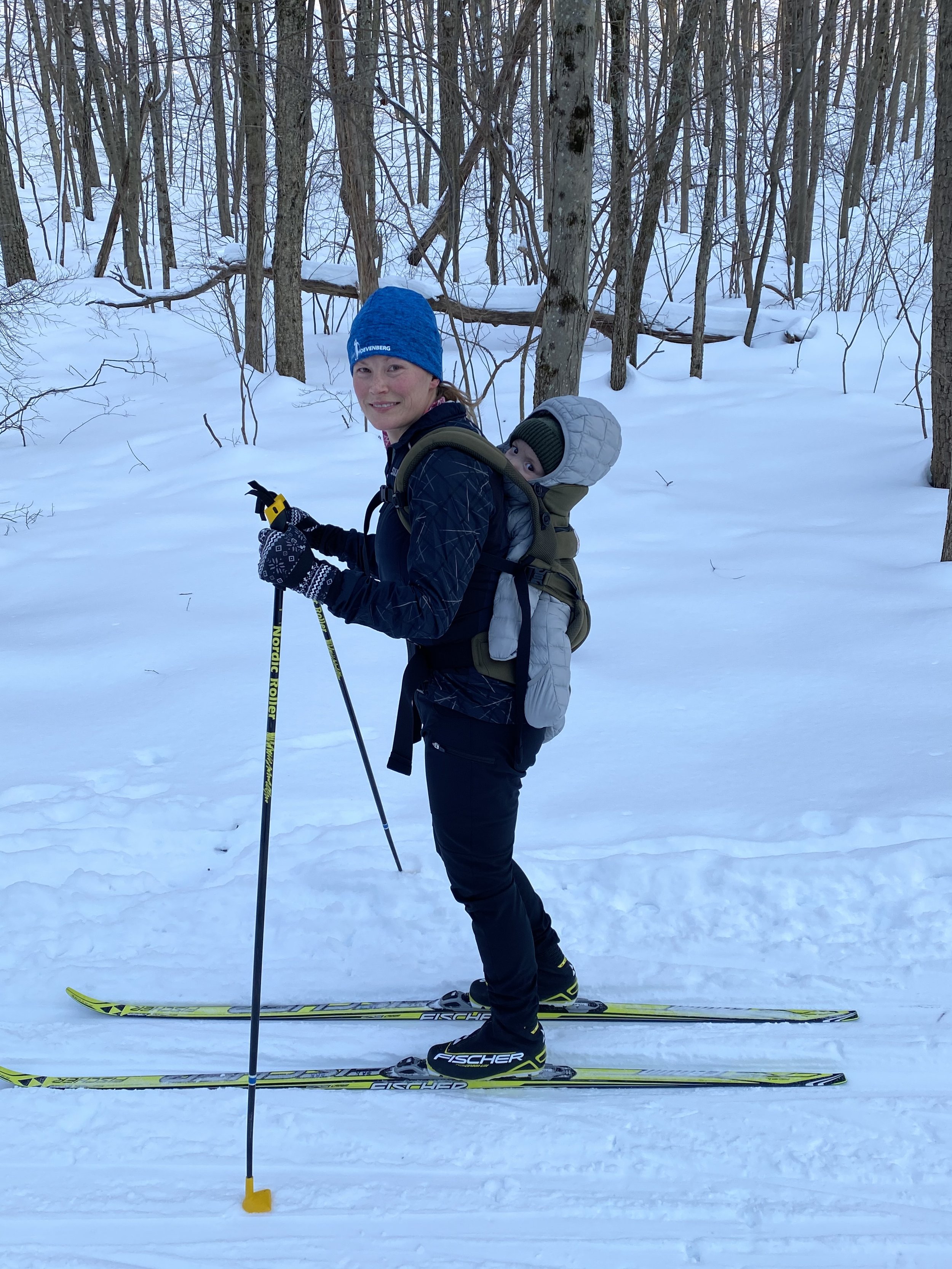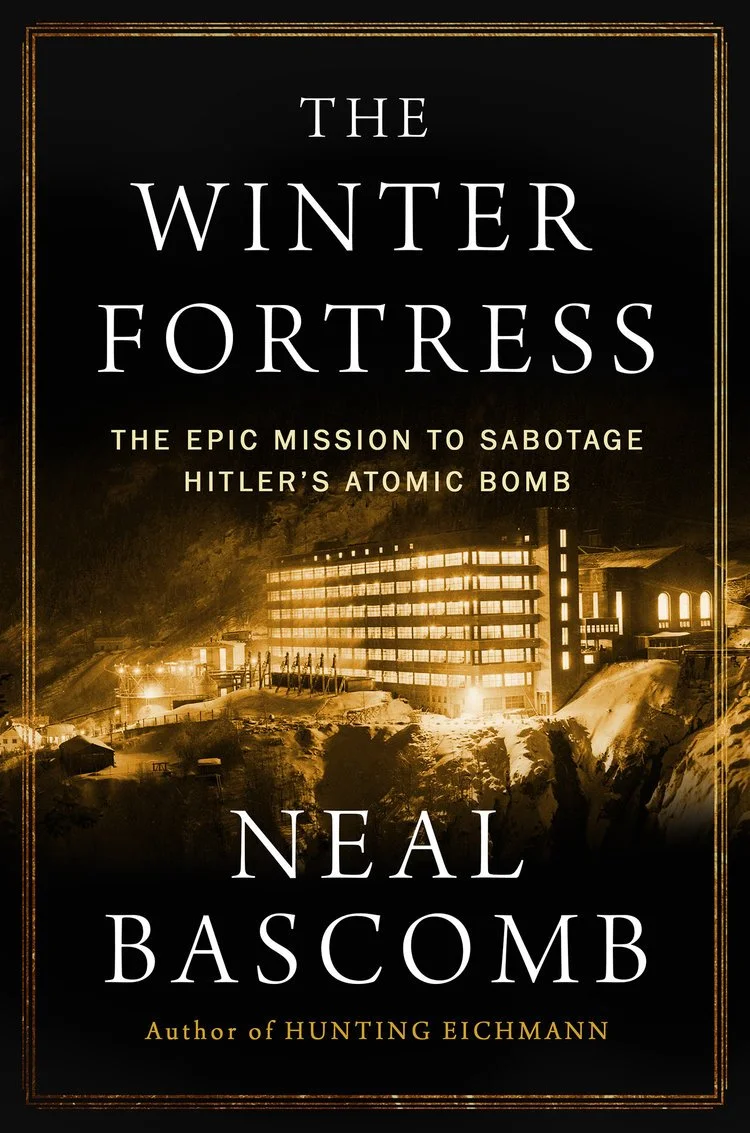Fun on snowshoes - Laura Rose/SnowshoeMag.com
On a winter trail outing near my home, I ran into a neighbor and her granddaughter on snowshoes – and it was not going well for them. The kid was whining and uncomfortable and she headed back home (nearby) by herself. Grandma kept going and since she is a neighbor, I went along with her for a while and chatted. She was not aware of how to help her granddaughter have a good time snowshoeing on a cold winter day. Here’s a primer about going snowshoeing with the grandkids.
Snowshoes
You can get the kids snowshoes that are used or new but it’s best to get equipment that is appropriate for their size. For the youngest kids 4-8 years old get colorful snowshoes but most importantly ones that are secure and easy to put on. The Tubbs SnoGlow has LED lights, and also from Tubbs is a model called the “Snowflake.” Ideal has the SnoStompers for under $20, but expect to pay more than that for name brand snowshoes. Most of the companies have a snowshoe for kids.
Keep in mind that the older the kid the more important they’ll want “cool” looking snowshoes rather than a pair intended for babies. As kids get older, they’ll need a snowshoe that is intended for lighter people and has regular snowshoe and binding characteristics (looks and performs like an adult snowshoe).
Again, the key issue is that the snowshoes are easy to put on and easy to walk in. I’ve also found that it is easy to sell used kids snowshoes after your kid gets too big for them.
Snowshoers at any age - SnowshoeMag.com
Clothing
Light layers of clothing are comfortable and you can add or remove clothing as needed (i.e., if it gets too hot). A lightweight synthetic base layer of long underwear helps to keep you dry and transport perspiration away. A middle layer provides insulation such as a shirt or sweater and then a jacket shell on the outer layer works great. Don’t forget a headband or light hat and a pair of appropriate gloves. Alpine ski gloves may be too warm for snowshoeing unless it is very cold outside (or you have poor circulation issues).
The goal is for the kids to recognize when it is too cold or too hot and to encourage them to change to feel comfortable with the temperature. Wearing a backpack will allow kids to stash or pull out the extra clothes, and feel self sufficient.
Fun on Snowshoes
If you want it to be a good time for them (and you) you have to make the snowshoeing outing less “boring” and more exciting. Additionally, the first few outings should be short and easy so that the kids don’t feel that snowshoeing is “too much work.” Maybe they can use a camera or cell phone. Plan ahead and discuss what to look for - perhaps there are different kinds of scenic views, trees, animals, tracks, and silly poses that you can do. You can not stop too many times to take photos. Pose for them, take selfies, get some photos of them without you, send them out on social media, etc. You’re making and saving memories!
Perhaps you can print the pictures and create photo books of the adventures. Maybe the kids will discover that they love photography. It will give you an indoor activity to arrange the photos that you can do together with the kids.
Set up a scavenger hunt on the way out on the trail (hang or hide treats or something) and use the destination as a goal to be eligible to play the game. On the way back, the kids can look for and accumulate the hidden treasures.
Kids love candy and perhaps they’ll love to go snowshoeing to look for candy that is cached (hidden in specific locations in bags). Take them on a “Quest for the Candy” by following hints that you write in advance as a poetic treasure map to follow. This is a new type of orienteering for children.
“Orienteering” can be fun for older kids, whereby they snowshoe to find markers by using a compass. Set up five numbered markers in advance and figure out different ways to go to them by taking a compass reading. Give each snowshoer (or team of snowshoers) a compass and show them how to use it. Then see if they can go to the markers in a different but specific order. The first one to record all of the marker numbers wins.
“Snowshoe Biathlon” incorporates other backyard games such as ring toss or ball toss into a container. Set up a course and stations along the trails. If you want to have a competition, keep time as snowshoers race through all the stations to a finish line. Add time for each toss that is missed. If you do not have backyard games or are unable to easily create them, snowshoers can walk backwards or hop through a natural obstacle course at the stations. If you prefer not to have a competition, do the biathlon just for fun.
Choose the Trail
Don’t look down at your feet - look out at nature!
Make sure to take the kids on interesting trails and accept that “interesting” may be very different than it is for you. They may not like historic bridges or flat trails that lead to nothing. Have a destination such as waterfalls or a hilltop, or a site for wildlife spotting. Discuss this issue prior to planning the trek so you are aware of what they might enjoy. It may be like pulling teeth to get them to decide but it will give you a goal as to where to go. Make snow angels and slide down the hills and they’ll keep going. Be aware about whether the child is over his or her head – the trail may be too steep, too long, or you are not getting to the destination soon enough.
If you want to avoid all of this decision-making, go to a cross country ski area that can accommodate kids on snowshoes like Great Glen Trails Outdoor Center in Gorham, NH. They have a scavenger hunt called “Trail Tracker” which is a big hit for kids to track down signs of cartoon animals out on the trails. When they find the animated creature signs, they stamp a card and upon return to the lodge, they get a treat.
Hydrate and Snacks
Plenty of snacks and drinks are a must for a successful outing. If you are going out more than a half hour pack enough water or drinks. The kids get thirsty fast and they may like to play the “I’m thirsty” card when they want a break. Granola bars, sandwiches, energy drinks, fresh fruit and crackers can provide ample energy boosts but also consider some snacks that you know they enjoy like chocolate or candy bars.
A Great Time with the Grandkids
Try to teach them to have fun with snowshoeing. Take snack breaks or play I-spy in the middle of the woods to keep them interested in continuing to walk. Go for a snowshoe adventure rather than just a snowshoe hike.
Take the opportunity to get outside and enjoy nature and exercise, while at the same time get some bonding time with your family; you’ll be glad you did.








